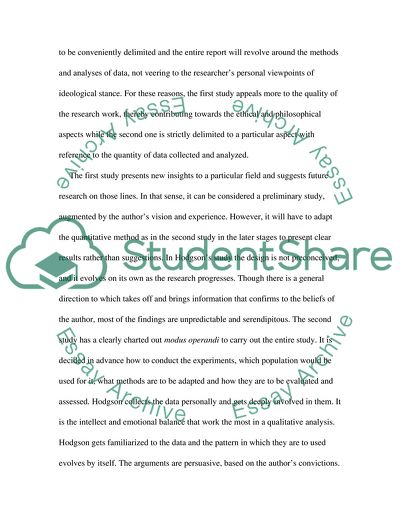Cite this document
(Analysis and Critique of Two Research Papers Related to Education Essay, n.d.)
Analysis and Critique of Two Research Papers Related to Education Essay. https://studentshare.org/education/1709320-analysis-and-critique-of-two-research-papers
Analysis and Critique of Two Research Papers Related to Education Essay. https://studentshare.org/education/1709320-analysis-and-critique-of-two-research-papers
(Analysis and Critique of Two Research Papers Related to Education Essay)
Analysis and Critique of Two Research Papers Related to Education Essay. https://studentshare.org/education/1709320-analysis-and-critique-of-two-research-papers.
Analysis and Critique of Two Research Papers Related to Education Essay. https://studentshare.org/education/1709320-analysis-and-critique-of-two-research-papers.
“Analysis and Critique of Two Research Papers Related to Education Essay”. https://studentshare.org/education/1709320-analysis-and-critique-of-two-research-papers.


